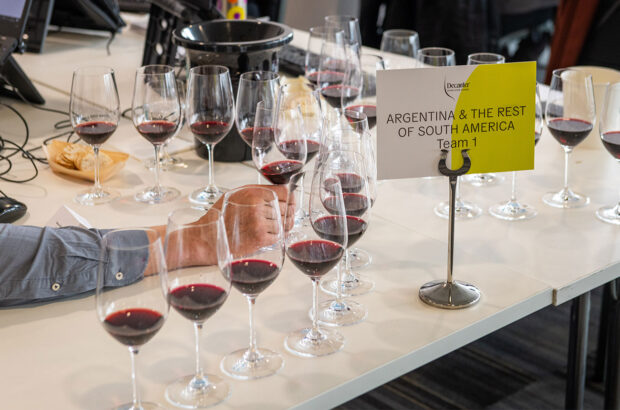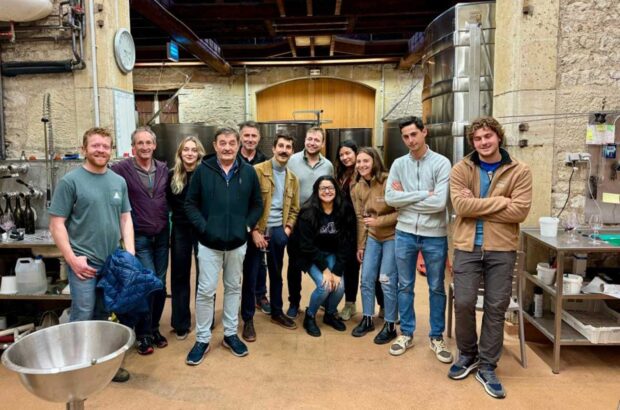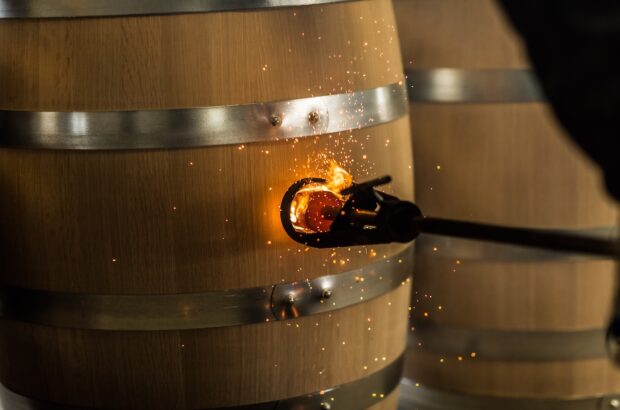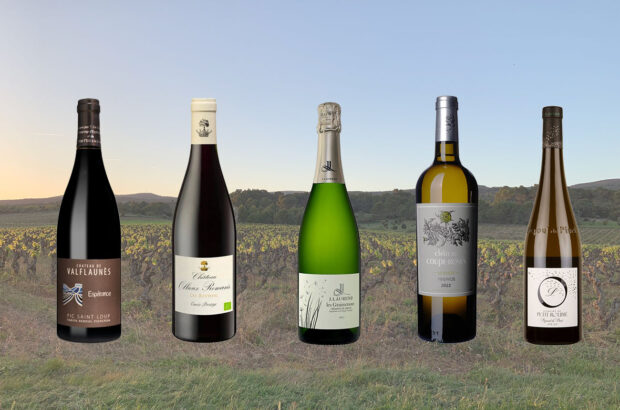Along Sonoma Coast’s Bodega Highway, morning fog in summer can feel as wet as a rainstorm. The area is populated by redwoods, trees that feed on such moisture to create a microclimate of cool, damp air. Their needles gather humidity, dripping it onto the ground below over the course of the day.
Vineyards in this southwest section of Sonoma County grow tucked within the forest, enjoying an extended growing season compared to outlying areas. The trees moderate the heat and reduce the impact of drought in a state without summer rain.
Pinot Noir began to appear in the region at the end of the 1970s, but only significantly expanded almost 20 years later. Since, Sonoma’s coast has developed into one of California’s pre-eminent, cool-climate wine-growing regions. Pinot Noir and Chardonnay from the area are celebrated for their pure fruits and savoury undertone. But the additional humidity creates challenges. Powdery mildew flourishes and is carried by seasonal winds to neighbouring farms. When ill-managed, it impedes ripening or can lead to the loss of crops not only for a season but into subsequent years. Once established, the spore can be hard to eradicate.
Traditional wine grapes are highly susceptible to powdery mildew. To prevent or reduce infection, farmers must rely on the use of fungicides. It makes organic farming challenging – yet, in the heart of the fog belt, Matt Niess of North American Press winery manages a small hillside vineyard he never sprays. The site was planted in the 1960s by Italian immigrant Domenico Callegari to Baco Noir, a hybrid variety largely resistant to fungal diseases, as well as being vigorous and winter-hearty.
Like most cultivated hybrid grapes, Baco Noir was developed in an attempt to solve a problem. As powdery mildew and phylloxera devastated European vineyards through the late 1800s, fungal sprays and vine grafting were eventually discovered as solutions. Still, breeders of the time first sought to create resistant varieties by crossing traditional Vitis vinifera wine grapes with heartier American species. In this way, in the early 1900s, François Baco created Baco Noir relying on Folle Blanche and Vitis riparia parentage.
Eventually, breeders began working to solve other viticultural challenges, such as cold winters, drought and other diseases. Through generations of interspecies breeding, some hybrids are mainly of vinifera parentage but with the desired strength of another species. Breeders of Europe have created a host of fungus-resistant varieties known by the abbreviation PIWI. Breeders at Cornell in New York State and the University of Minnesota have created cold-resistant hybrids.
As for Niess’ Baco Noir, bottled as a red wine named The Rebel in recognition of Callegari’s unusual planting choice, its location makes it unusual: a hybrid vineyard surrounded by some of California’s most prestigious Pinot plantings. Historically, Baco was planted in areas where it was too difficult to grow vinifera. But Sonoma’s light, sandy loam soils help tame the hybrid’s natural vigour; the lack of rain improves its tannin profile; and California sunshine sheds its tendency towards greener flavours.
Altogether, the growing conditions make it pleasingly vinous, medium-weight with evergreen aromatics, and deeper-toned cherry, plum and tobacco flavours carried on a body of unctuous acidity and impressive length. Its heritage makes the variety resilient to the region’s fog, but it’s also proving resistant to the inconsistencies of climate change. Globally, wine regions are struggling with variable weather. Challenges facing vinifera vineyards include drought, floods, wildfires, late frosts and unseasonable freeze, as well as lower yields, increased disease pressure and new viruses.
Received wisdom is that wines from hybrid grapes are too thin or have unpleasant flavours. Yet, Bordeaux’s recent reconsideration of hybrid grapes, experimental vineyards worldwide, and the work of forward-thinking producers are pointing to new possibilities for these interspecific varieties. If we’re lucky, wines like The Rebel demonstrate that, like vinifera, hybrids just need appropriate growing conditions and thoughtful winemaking to make fine wine.
What I’ve been drinking
I enjoyed the Keuka Lake, Turkey Run Vineyard Vignoles 2019 (US$22 klvineyards.com), grown in the gravels of New York state’s Finger Lakes AVA. It’s beautifully aromatic, with a round palate of orchard and stone fruits mixed through with pithiness, bursting acidity and a silky texture. It offers the fleshiness of Alsace Pinot Gris with the lift and acidity of dry Mosel Riesling.













